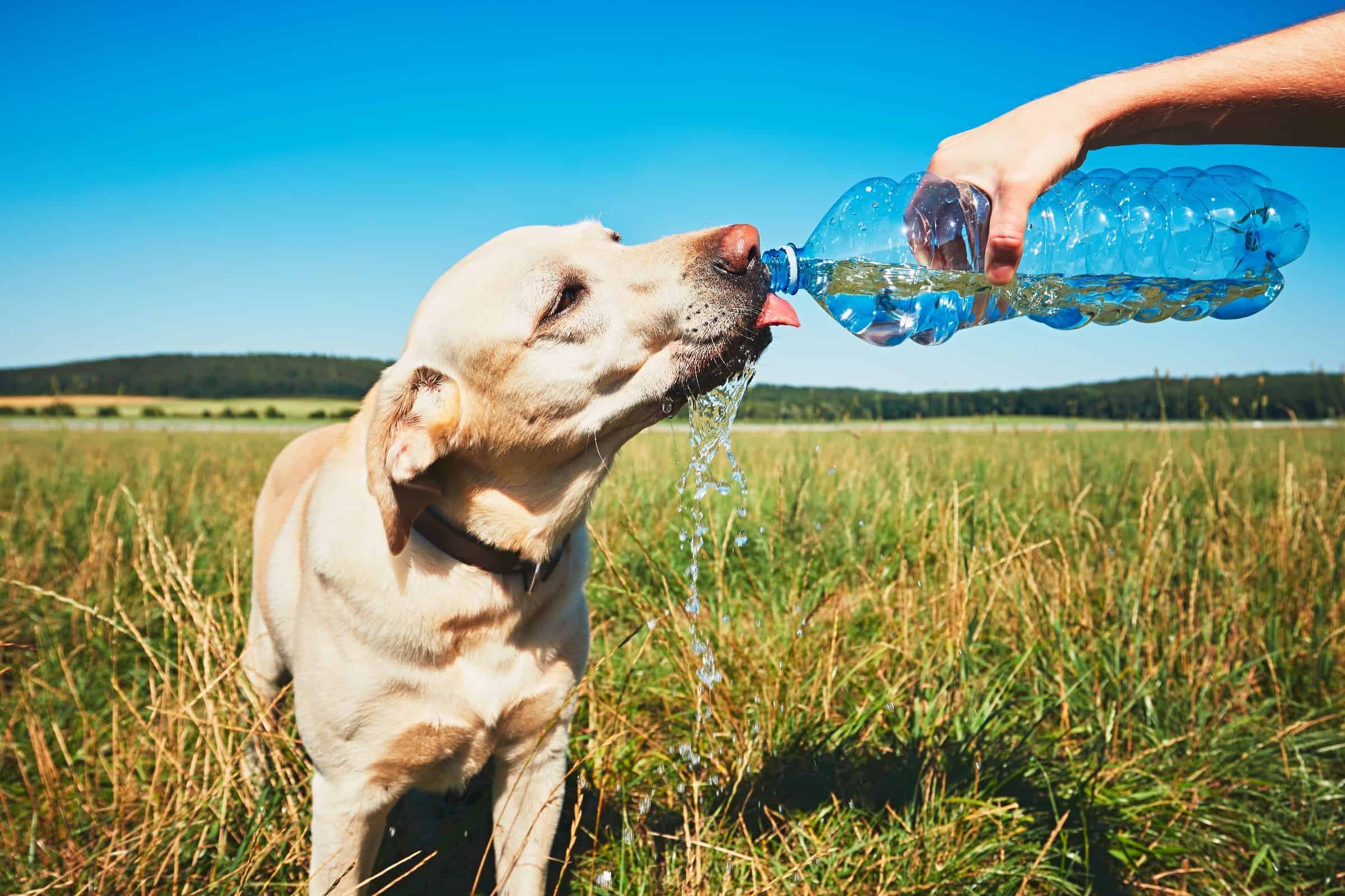Summer Heat Safety for Pets: Best Practices Inside and Outdoors

The temperatures are kicking into high gear, and in our neck of the woods, that means seeking shade, a cool dip in the pool, or an ice cold treat. What does it mean for our pets, though?
Rocklin Ranch Veterinary Hospital is revisiting summer heat safety for pets, and we have a few tips for best practices indoors, as well as when outside. Plus, a few bonus recipes for yummy summer pet treats that won’t add inches to your pet’s waistline. This is going to be fun!
First Thing’s First
First, a bit of awareness: pets don’t sweat the way we do to dissipate excess heat. It’s important not to let them get overheated in the first place. Dogs and cats have fur coats to boot, so taking precautions on warm days is definitely in order. When it’s hot outside for you, it’s even hotter for your pets.
Indoor Summer Heat Safety for Pets
Indoors can be a safe place for pets during hot days, but only if the indoor temperatures are within safe ranges. Some people save energy and money by turning off the fans and air conditioner in the morning, when they leave for work, but this leaves your pets with rising indoor temps and no way to cool off. Dogs rely heavily on panting to cool off, but when the temperature in the environment increases, panting becomes less effective. Hot houses can be deadly for pets.
Instead, try leaving the air conditioning on, but on a conservative setting, and make sure your pets have plenty of fresh, cool water to drink throughout the day. You can also close curtains or window blinds to minimize the sun’s heat. And, if there are cooler parts of your house, make sure your pets have access to those areas.
Outdoor Summer Heat Safety for Pets
Pets who spend time outdoors in the heat need even more protection. They must have a way to find shade at all times. Pets should not be left outside for long periods of time, especially chained, and should always have the option to come inside through a doggie door.
Pets outdoors need lots of fresh, cool water. Adding ice cubes to your pet’s water dish can be an effective way to keep water cool for longer. By the way, it is a myth that ice cubes cause dogs to develop canine bloat.
It almost goes without saying that pets should NEVER be left in a parked car if you are out and about with them. Temperatures in a car can easily reach 90-160 degrees in a matter of minutes, even when the outdoor temperature is relatively mild.
If you exercise outside with your dog, take care in warm weather. It may be best to walk, run, or hike at the cooler times of the day, early morning or evening. Tote plenty of water for you both, and take frequent breaks to rest and recover.
If a severe heat advisory is issued, it’s best to bring your pets indoors. Remember that senior pets, sick pets, or very young animals are more affected by temperature extremes and are vulnerable to problems resulting from exposure. If your pet cannot come indoors, a garage or laundry room can provide some shelter from heat, in some cases. Give us a call if you have any questions.
Recognizing When There’s a Problem
Heat stroke is a real danger for pets in the summer, especially dogs. It’s important to know the signs and what to do if you see them.
Heat stroke occurs when the body’s temperature exceeds a healthy range, and it can be fatal. Here are the common signs:
- Panting excessively
- Drooling
- Seeking shade or trying to lie down (if exercising)
- Weakness, collapse
- Pale or extremely red gums and tongue
- Rapid and irregular heart rate
If you see any of these signs, don’t wait. Seek emergency veterinary attention with us or the local emergency clinic, if we are closed.
Cooling Off with Summer Treats
And now for some fun! It’s no secret that a great way to cool off in the summer is with a frozen treat. Stocking our fridge with popsicles and other frozen treats is on our summer to-do list every week. It’s no different for your pets! Here are our three favorite summer DIY treats. If you have a favorite, let us know!
Chicken broth and parsley “pupsicle”: Pour low-sodium chicken broth mixed with water into small Dixie cups or silicone molds. Add chopped parsley, and stand a small dog biscuit upright in the cup. Freeze for 6 hours. Remove the Dixie cup before serving this “pupsicle” to your dog.
Fruit drops: Cut up strawberries, blueberries, or melon and dip in low-fat, plain Greek yogurt. Freeze for 6 hours. Tiny bites of deliciousness! (Stay away from grapes, raisins, and stone fruit as these can be toxic to pets).
Toy cake: For a low-cal treat, fill a cake mold with water (you could add chicken broth, too). Add in your pet’s favorite toys and freeze for 6 hours. Your pet will keep cool while being entertained by looking for their toys!
We hope these summer heat safety tips for pets have been helpful. Have fun making some summer treats, and give us a call with any questions or concerns.

